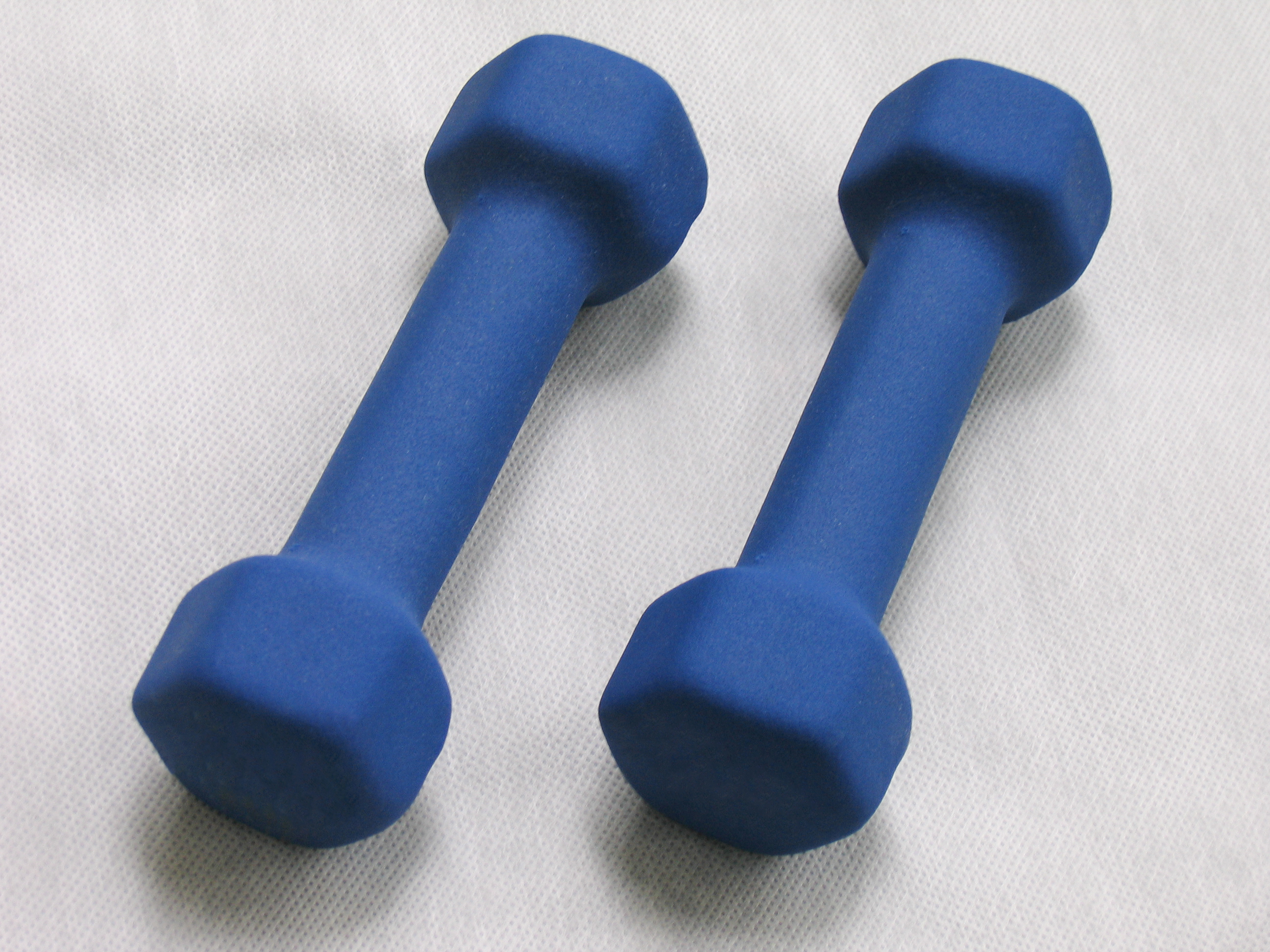Fitness for Facebook: A single subject study to encourage a healthy fitness routine
Obesity is a national concern. Going to the gym is a typical resolution many make to get in shape, feel healthy, and improve their mood. This study is an ABAB single subject design for a 26 year old Caucasian female using Facebook as social reinforcement for going to the gym. If planned gym day is missed, then the punishment of revoking Facebook is given. Gym and rest days are planned in advance and a calendar is kept to record data. Thoughts and feelings before and after gym session are recorded to monitor changes in affect as well. Results showed an increase in gym attendance by participant to achieve goal of buying a new swimsuit for summer.
Introduction
The United States has seen a dramatic rise in obesity over the past twenty years and 35.7 percent of adults are obese (CDC, 2012). As diet and exercising routines have changed so have the waistlines of many adults and these changes can lead to serious health risks. Being overweight can contribute to heart disease, diabetes, and certain types of cancer (CDC, 2012). In the United States, the majority of adults do not engage in the recommended amount of physical activity of 30 minutes per day on most days of the week (Morgan et al., 2010). Fitness training should help people cope with physical and psychological stresses (Folkins & Sime, 1981). Morgan et al (2010) exemplify the benefits that occur following a 15-week walking program in which participants increased their walking by about 2200 steps per day. They found a decrease in post-exercise heart rate, a significant increase in walking distance, decrease in total cholesterol, psychological well-being, and perceptions of personal growth were increased (Morgan et al., 2010).
Obesity can also negatively affect one’s emotional and psychological health. Participation in physical activity is a factor associated with better mental health and mood, and higher levels of physical activity were associated with better mood scores (Thirlaway & Benton 1992). Research indicates that people who are engaged in physical exercise outperform those who are sedentary in tests of long-term memory, reasoning, attention, problem-solving, and fluid-intelligence tasks (Kenworthy & Hrivnak, 2012). Physical exercise improves mental and emotional health (Cusack et al, 2003). Thus it may be important to include in a typical weekly routine to promote physical health, as well as, emotional health. Physical exercise has also been linked to an individual’s positive emotional state, which has been linked to performance. When a person is emotionally stable, it may be easier to focus on cognitive and skill-based tasks (Kenworthy & Hrivnak, 2012). This may be true especially for graduate students working long hours on research and writing papers.
Methods
A single, Caucasian female, age 26 from a California University doctoral program was recruited for a class project. The participant was a volunteer and acknowledged she would receive no compensation or extra credit for participation.
A five-week study using ABAB design method was used: phase 1-to measure a baseline (7 days), phase 2-a treatment measurement (7 days), phase 3-the withdrawal of treatment (7 days), phase 4-the re-introduction of treatment (7 days), and finally phase 5-withdrawal of treatment (7 days). The goal of the study was to increase participant physical exercise to an optimal level of one hour, five days per week. Acceptable levels of exercise were determined to be one hour, three times per week, and a unacceptable level was determined to be less the one hour, two times per week. To measure physical activity gym sessions, of at least an hour, were recorded on a calendar.
During phase 1-Baseline (A) information established pre-treatment physical exercise at one hour, two days per week. Phase 2-the intervention phase (B) included positive reinforcement of allowing Facebook time (on gym or rest days completed) or restriction of Facebook time if gym session was missed. Phase 3-the intervention was removed (A) and gym sessions were recorded. Phase 4- the intervention was reinstated (B) and data was recorded. Phase 5-intervention was removed (A) and gym sessions were recorded. Thus social reinforcement, as well as, positive physical and mental health factors was used as a positive reinforcement to encourage. Following end of successful treatment participant determined the contingency that she could buy a new bikini for summer! During the entire design a thought record was used to capture feelings of self-efficacy, self-esteem, subjective happiness, subjective feelings of energy, and focus.
Results
The participant increased her physical exercise of an average of 3.6 hours per week at the end of the 5-week program. Her increase at the end of the 5-week program was a total of two hours from original baseline.
Results did not show optimal level of hours spent at the gym without the intervention. However, there was trend towards goal accomplishment. Although there was decline from intervention phase (B) to non intervention phase (A) time spent at the gym did not reach unacceptable levels.
Furthermore, analysis of the thought log shows higher energy, increased happiness and focus, as well as, an overall sense of accomplishment. Report of higher self-esteem was noted in the thought log.
Discussion
The results of this study clearly indicated that there are both physical and psychological benefits that occurred following exercise for this participant. Although the participant did not reach her goal of one hour at the gym five days per week, she dramatically increased her physical activity. This increase in exercise increased her psychological well-being, she had significant increase in perceptions of happiness, energy, and focus. She reported, “I am feeling much more ready to take on the day after my 5:30am cycling class…I feel I am able to focus better in class and work longer on my homework without getting distracted.” These responses are congruent with findings on exercise and mental health. Evers et al (2011) found cognitive improvement was significantly influenced by time spent exercising rather than by time spent working on a challenging mental activity; less amount of time is needed to achieve the same improvement by engaging in a more demanding and physically exhausting behavior. As a doctoral student the participant has spent many years working on challenging mental activities, thus it is interesting to report her increase in concentration after exercise.
One limitation of this study is that the exercise program designed for this participant was designed to have her increase her number of days at the gym. However, she noted on her calendar that she had spent two or three hours at the gym on certain days. This was not taken into account in this study, but important to consider when considering the psychological and physical changes made by increased activity.
Another limitation of the study is that it was time limited to five weeks. Every two weeks the participant increased her days at the gym by one day per week in the non-intervention phase. Thus, if this trend continued it is possible that the goal would be achieved in seven weeks. It would be important to do follow-up to see if maintenance of optimal levels of exercise were being maintained without the intervention.
The use of social media as a reinforcement was also examined. The participant reported, “I had to delete the Facebook application off of my phone to not be continuously compelled to check updates, check-in, etc.” And “I feel antsy when I don’t make it to the gym in the morning because I worry I won’t make it after class, and I will suffer without Facebook until the following day.”
However, the participant reported that “using Facebook as purely positive reinforcement I have been more encouraged to go to the gym.” Findings by Junco (2012) showed that time spent on Facebook is positively predictive of time spent in co-curricular activities. The participant found that using social networking as positive reinforcement helped her to feel more connected to her friends that she is not able to see as often while in school. Another limitation of this study is that Facebook may not be positive reinforcement for all volunteers. Many individuals may not enjoy using Facebook or may find it relieving to avoid other’s monitoring their actions through social media by not using Facebook.
In potentially repeating this study with this participant adding the component of saving twenty dollars per week upon completion of target behavior towards the final goal of buying a swimsuit may also contribute to the participant’s motivation. Confounds to this study included the ease of signing into Facebook and lack of punishment or negative consequences. When participant did not go to the gym there was no negative consequence other than she was required to maintain personal will power not to sign onto Facebook.
Overall this study was successful for the participant in increasing her eventual target behavior of going to the gym at least one hour five days per week. The participant recognized her thoughts and feelings surrounding increased time spent at the gym. The increase in energy and positive outlook helped create a strong sense of self-esteem and self-efficacy. Psychosocial mechanisms were suggested, including an association between physical activity and social network: physically active persons may interact more and form relations with those with whom they come into contact as a result of their physical activity (Schmitz et al., 2004). Thus, using a combined program of physical exercise medicated by social networking was effective for this participant.
References
CDC.gov (2012). Center for Disease Control. Adult Obesity Facts.
Cusack, S. A., Thompson, W. A., & Rogers, M. (2003). Mental fitness for life: Assessing the impact of an 8-week mental fitness program on health aging. Educational Gerontology, 29(5), 393-403.
Evers, A., Klusmann, V., Schwarzer, R., & Heuser, I. (2011). Improving cognition by adherence to physical or mental exercise: A moderated mediation analysis. Aging & Mental Health, 15(4), 446-455.
Folkins, C. H., & Sime, W. E. (1981). Physical fitness training and mental health. American Psychologist, 36(4), 373-389.
Junco, R., (2012). The relationship between frequency of Facebook use, participation in Facebook activities, and student engagement. Computers and Education. 56(1) 162-171.
Kenworthy, A. L., & Hrivnak, G. A. (2012). Do Sweat It: Using a fitness session as an introduction to research on the relationship between physical and mental states. Journal Of Management Education, 36(2), 264-289.
Morgan, A. L., Tobar, D. A., & Snyder, L. (2010). Walking toward a new me: The impact of prescribed walking 10,000 steps/day on physical and psychological well-being. Journal Of Physical Activity & Health, 7(3), 299-307.
Scmitz, N., Kruse, J., & Kugler, J., (2004). The association between physical exercises and health-related quality of life in subjects with mental disorders: results from a cross-sectional survey. Preventative Medicine. 39, 1200-1207.
Norbert Schmitz, Johannes Kruse, and Joachim Kugler, Thirlaway, K., & Benton, D. (1992). Participation in physical activity and cardiovascular fitness have different effects on mental health and mood. Journal Of Psychosomatic Research, 36(7), 657-665.





